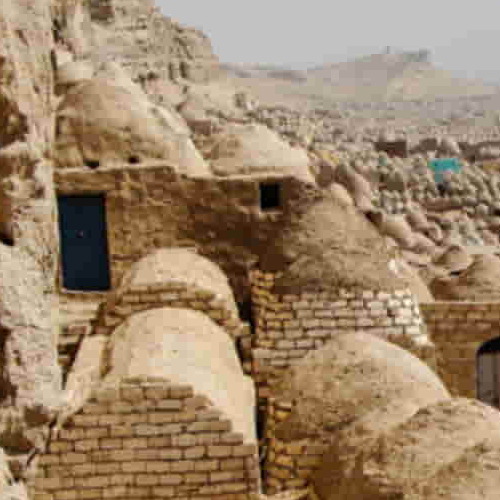Historical secrets
Unlocking Al Minya's Historical Secrets: A Journey Through Time
Al Minya, a city of profound historical richness, has been a pivotal part of Egypt’s tapestry since the earliest civilizations. Before the emergence of the dynastic period around 3100 BC, this region, then known as the 16th nome, flourished independently. Its transformation began with Menes’ unification of Egypt around 3200 BC, when it was renamed the Oryx nome, likely in homage to the native Oryx antelope.
The Oryx Nome: A Hub of Antiquity
As a key trade nexus off the Red Sea route, the Oryx nome thrived, attracting merchants and fostering a vibrant economy. Intriguingly, folklore suggests Pharaoh Khufu, renowned for the Great Pyramid of Giza, was born here, leading to the city’s ancient name, Men’at Khufu. Though the exact location remains uncertain, it is believed to have nestled on the Nile’s western banks, near present-day Minya.
A Seat of Power and Prestige
The fall of the Old Kingdom elevated Men’at Khufu’s leaders, granting them considerable autonomy. This independence was evident during the first intermediate period’s Herakleopolitan-Theban power struggle. Initially neutral, the 16th nome’s rulers eventually allied with Theban kings, a strategic move that secured their influence through the 11th dynasty.
The Princes' Legacy and Decline
Unlike pharaohs who built grand pyramids, the Oryx nome’s princes opted for limestone cliff tombs near modern-day Beni Hasan. These tombs, adorned with intricate wall paintings, offer invaluable insights into the era’s Egyptian life. However, their reign waned under Pharaoh Amenemhat II (1929-1895 BC), who significantly reduced their power.
Struggle and Transformation in the Intermediate Periods
The 15th dynasty Hyskos’ ascension saw the Minyan princes align with these new rulers, hoping to regain lost stature. However, the Theban pharaohs’ resurgence, culminating in Ahmose I’s expulsion of the Hyskos in 1540 BC, rendered the Minyan rulers powerless, leading to the desecration and repurposing of their tombs.
The Greek and Roman Epochs
Under Roman Emperor Hadrian, Antinopolis was founded in 130 A.D., honoring his Greek lover, Antinous. This period also saw the prominence of Hermopolis Magna, now El Ashmunein, with remnants of a Greek temple dedicated to Thoth still evident.
Byzantine and Arab Eras
The region gained new significance with Empress Helena’s establishment of the Monastery of the Virgin Mary near Samalut in 328. During Abbasid rule, the city was renamed Ibn Khasib, flourishing under the Fatimid caliphate with notable structures like the El-Amrawy and El-Lamaty mosques.
Minya in the Modern Age
Transforming under Muhammad Ali into a major agricultural hub, Minya’s fortunes soared with Ismail’s reign, marked by vast cotton and sugarcane plantations. The Ibrahimiya canal, inaugurated in 1873, spurred urbanization and infrastructure development. The American Civil War’s impact on global cotton supply further enhanced Minya’s economic significance.
Architecturally, Minya blossomed with lavish mansions in classical and Rococo styles. The 20th century witnessed further advancements, including a railway line to Cairo, the establishment of a British embassy, and an Ottoman bank branch, cementing its economic prominence.
However, Minya’s influence waned post-1952, exacerbated by the Suez Crisis and nationalization policies. The departure of expatriates led to a shift back to the old city, causing overcrowding and decline.
A New Era for Al Minya
The 1960s Ard AL-Mowled public housing initiative alleviated some housing crises, while the 1970s saw the rise of Ard Sultan, a modern district reflecting the city’s ancient grandeur and offering a contemporary lifestyle close to the Nile.
In Al Minya, the layers of history unfold, revealing a city that has continually adapted and transformed, a microcosm of Egypt’s enduring legacy.
Created On April 20, 2020
Updated On January 24, 2024



